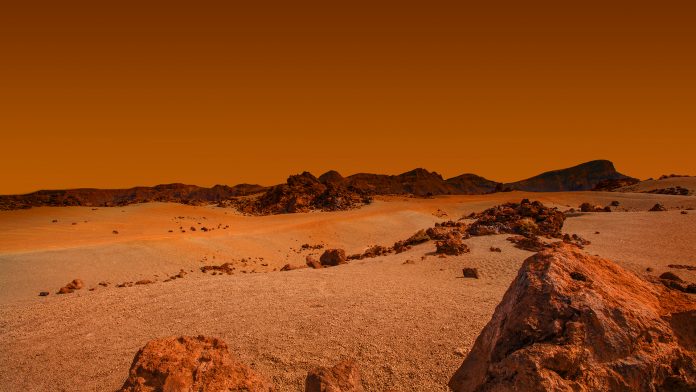
Thanks to the renewed interest in space exploration and improvements in rocketry technology developed by companies like SpaceX, we’re inching closer to the point where we might actually land human beings on the surface of Mars. But if we’re going to stay there for any meaningful length of time, we’ve got another challenge that we’ll need to overcome: the human visitors will need to breathe, and that means coming up with a reliable way to create a lot of oxygen in the pointedly carbon dioxide-rich, oxygen-poor Martian environment.
Fortunately for the future explorers of Mars, it looks like the big brains at MIT have come up with a solution. They created a lunchbox-sized device called the Mars Oxygen In-Situ Resource Utilization Experiment, or “MOXIE,” that was taken to Mars as part of NASA’s Perseverance rover mission and has been on the surface of Mars since the mission landed in February 2021. The underlying concept of MOXIE was to use the carbon dioxide on Mars to create oxygen–which is a lot cheaper than trying to cart oxygen all the way from Earth.
MOXIE sucks in the thin Martian air, filters and pressurizes it, then moves it through the Solid OXide Electrolyzer (SOXE), an instrument created by OxEon Energy. SOXE splits the carbon dioxide-rich air into oxygen ions and carbon monoxide, isolates the oxygen ions, and combines them into O2, the kind of oxygen humans breathe. Once MOXIE confirms that breathable oxygen has been created, it releases the oxygen and carbon monoxide into the Martian atmosphere.
MOXIE has been powered up on multiple occasions since its arrival, during different Martian seasons and at different times of the day and night, to see whether it works in different conditions and different temperatures. So far, MOXIE has worked under all conditions except dawn and dusk, when the temperature is changing rapidly, but the MIT team believes it has a solution to that problem. The little lunchbox-sized device creates six grams of oxygen per hour, which is about the same amount as a small tree on Earth.
When we get to the point of sending a human mission to Mars, the plan would be to send much bigger versions of MOXIE to the Red Planet ahead of the human mission, power them up, and let it generate a repository of oxygen that would supply the needs of both the human visitors and the rocket that would take the humans back home to Earth. Pretty cool!
